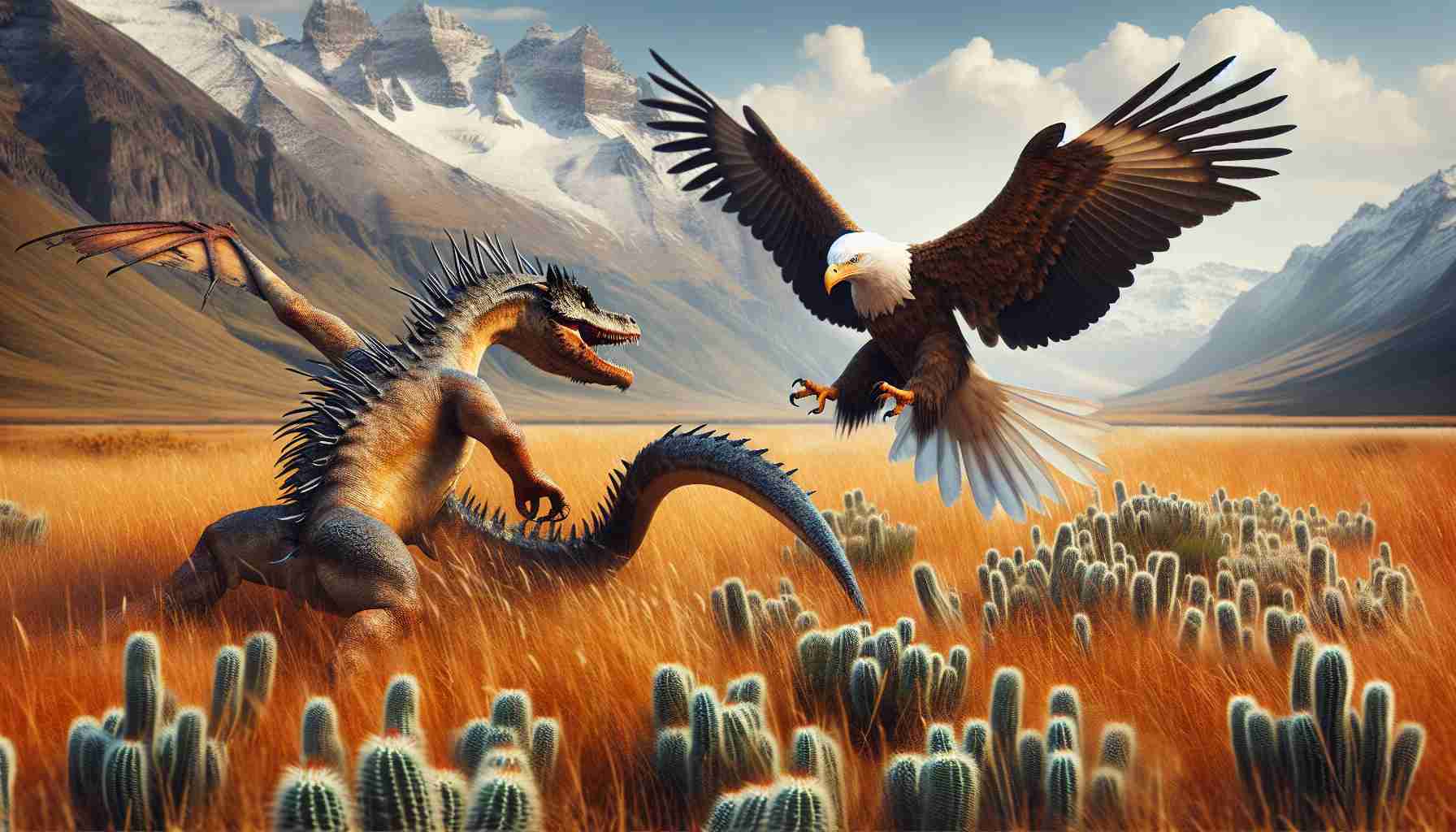- Poachers pose a significant threat to raptors in the western United States, more than previously realized.
- The tale of a red-tailed hawk with gunshot wounds highlights the severe risks beyond natural threats these birds face.
- There’s an urgent need to re-evaluate conservation efforts, focusing on fighting poaching aggressively.
- Increased awareness and legal measures are essential for the protection of these majestic birds of prey.
- The hawk’s story underscores the importance of societal action to preserve avian freedom and dignity.
- Collective effort is necessary to ensure that raptors continue to grace our skies for future generations.
A chilling breeze cuts through the Blue Mountains, where untamed skies serve as a battleground for magnificent raptors. Yet, an unexpected menace lurks below: poachers. Recent findings reveal that these illegal hunters pose a more significant threat to eagles, hawks, and other birds of prey in the western United States than once believed.
At the heart of this revelation beats the tale of a red-tailed hawk. Volunteers at the Blue Mountain Wildlife Center in Pendleton witnessed this saga firsthand when an injured hawk was brought for care. Initially, the hawk’s condition seemed a consequence of an accidental electrocution, a common hazard these soaring creatures face. However, as the team gently sedated the bird to assess its wounds, the shocking truth echoed louder than any electrical hum: gunshot wounds.
The discovery sheds light on the unseen battles raptors face, their grandeur marked with peril beyond natural threats. It underscores an urgent call to re-evaluate conservation efforts, focusing on combating poaching with vigor and vigilance. Wildlife biologists emphasize the need for increased awareness and legal measures to protect these predators, who rule the sky yet fall prey to human aggression.
In this unfolding narrative, the hawk’s plight serves as a stark reminder of the critical role each of us plays in safeguarding the natural world. The message resonates: inaction is no refuge. Armed with knowledge and compassion, society must rally to preserve the dignity and freedom of these avian hunters, ensuring their winged silhouettes continue to grace our skies for generations to come.
Unveiling Hidden Battles: How You Can Help Protect Raptors from Poaching
How-To Steps & Life Hacks: Protecting Raptors
1. Educate Yourself and Others: Learn about the local raptor species and the specific threats they face. Share this knowledge with your community to raise awareness.
2. Report Illegal Activities: If you witness poaching or come across evidence of illegal hunting, report it to local authorities immediately. Conservation hotlines exist for anonymous tips.
3. Support Wildlife Rehabilitation Centers: Donate to or volunteer at centers like the Blue Mountain Wildlife Center that rehabilitate injured birds. These centers often rely on public support to operate.
4. Adopt a Raptor Programmes: Many conservation organizations offer programs where you can “adopt” a bird, providing funds that support their protection and care.
5. Stay Informed on Legislation: Support policies and legislation aimed at protecting wildlife. Participate in public hearings or campaigns to strengthen laws against poaching.
Real-World Use Cases: Successful Conservation Efforts
– Peregrine Falcon Recovery: The Peregrine Falcon, once critically endangered, has made a significant comeback due to stringent conservation laws and captive breeding programs.
– California Condor Preservation: Targeted efforts to manage threats like lead poisoning and habitat destruction have slowly helped increase the population of California condors.
Market Forecasts & Industry Trends
The market for environmental and wildlife conservation is steadily growing as awareness of biodiversity loss increases globally. According to a report by the Global Biodiversity Information Facility (GBIF), the conservation market is projected to grow by 5% annually over the next decade, with increased investment in technology-driven monitoring and protection solutions.
Reviews & Comparisons: Approaches to Conservation
– Community-Based Conservation: Engages local communities in protecting their natural resources. This approach is effective due to the direct involvement of local stakeholders.
– Government-Led Initiatives: Often resource-rich but slow-moving due to bureaucratic processes.
– NGO-Led Efforts: Agile and focused but may lack resources compared to government initiatives.
Controversies & Limitations
– Human-Wildlife Conflict: Efforts to protect raptors may clash with landowners or industries affected by these birds, such as agriculture, which sees them as pests.
– Funding Dilemmas: Conservation programs often face funding shortages, limiting the scope and scale of efforts.
Security & Sustainability
Ensuring the safety of raptors involves deploying technology such as drones and GPS tagging to monitor populations and prevent poaching. Such innovations are pivotal but must be implemented sustainably, considering funds and environmental impacts.
Insights & Predictions
With ongoing advocacy and technological integration, experts predict a decrease in poaching incidents. However, continuous efforts are required to maintain momentum and protect these majestic birds.
Quick Tips for Immediate Action
– Install bird-friendly infrastructure like nesting boxes and perches in your backyard to support local raptor populations.
– Avoid using pesticides and rodenticides that can poison raptors through secondary exposure.
For more information and ways to contribute to raptor conservation, consider visiting Audubon and WWF.
By actively participating in raptor conservation, you contribute to preserving the natural balance and ensuring that these majestic creatures continue to thrive in our skies. Your role, no matter how small, can lead to impactful change.
